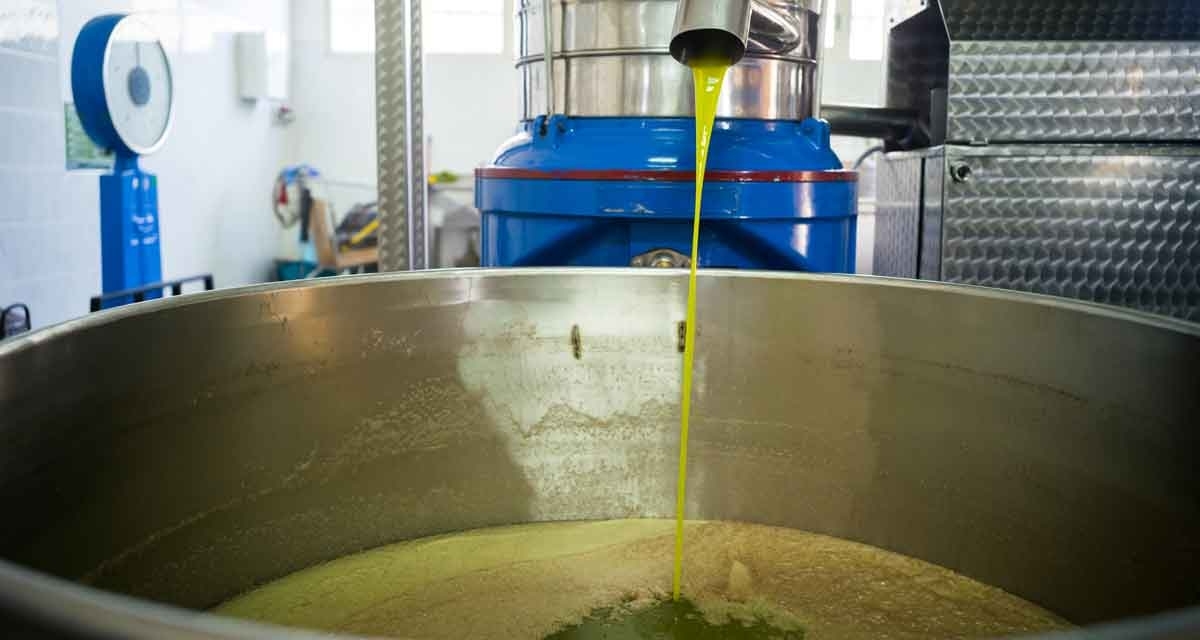
Production for centrifugation
The large mills have evolved substantially. Although the chart showing production by pressure may appear simple, in the last few years, a permanent evolution has been occurring in the techniques, involving a chain of processes where equipment, time and temperature of production gain aspects of precision# and complexity, resulting in a progressively elaborate product, perfect and delicious.In regions with large scale production, the mills become veritable olive-trituration industries. They are directly linked, on the one hand, to large co-operatives or various independent farmers, and, on the other, to innumerable bottling and distribution firms. In general, these mills operate with the centrifugation system, using state-of-the-art machinery that contributes to increased productive capacity and improvement in quality.
Production by centrifugation has the following steps:
1. HARVEST
In the field, from start to finish, perfect phyto-sanitary is exercised, and the harvest must be made with care not to harm the pulp of the fruit, so as not to trigger a premature process of oxidation.
2. RECEPTION AND CLEARING OF THE OLIVES
At the mill, the reception, cleaning and forwarding of the fruit enjoys the same care as in the harvest. As the maceration interrupts the process of oxidation of the olive, the shorter the time between harvest and maceration, the greater the probability of an excellent olive oil.
3. HAMMER FOR MACERATION AND BEATING
After the cleaning comes maceration and beating. In the maceration, the hammer triturators burst open the fruit, breaking the cells that contain the olive oil. Here all the components of the olive, including the stone, are transformed into a paste. Upon beating the macerated pulp and stone, the vegetal water and the oil form a thick, absolutely homogeneous paste.
4. DECANTATIO N (sálido y líquido)
Centrifugation for separation of solids and liquids The homogeneous paste is the most suitable form for proceeding to separation, which can take place in two ways:
A- by centrifugation in 3 phases, where the heaviest matter is separated the solid, then the less heavy - vegetal water, and, finally, the lightest - olive oil,
B- by centrifugation in 2 phases, where the two heavier components are separated from the light one. The solid refuse (bagaço in Portuguese, orujo in Spanish, sansa in Italian, or pomace in English) is used in chemical solvents for the production of oils - but never for olive oil!
5. CLASSIFICATION BY ORGANOLEPTIC SENSIBILITY AND IN THE LABORATORY
6. STORAGE AND BOTTLING
A comparison may be made with a glass of fresh orange juice. For it to be pleasing to the taste, the quality of the orange must be suitable to make good juice. It cannot be acidic or oxidized. In other words, among the varieties of orange for juice, the chosen one must be among the best, and not picked before or after the right time. It needs to be squeezed rapidly, as otherwise it will oxidize/ deteriorate, and the juice will be of very poor quality. All this reasoning must also be applied to olives and olive oil.
